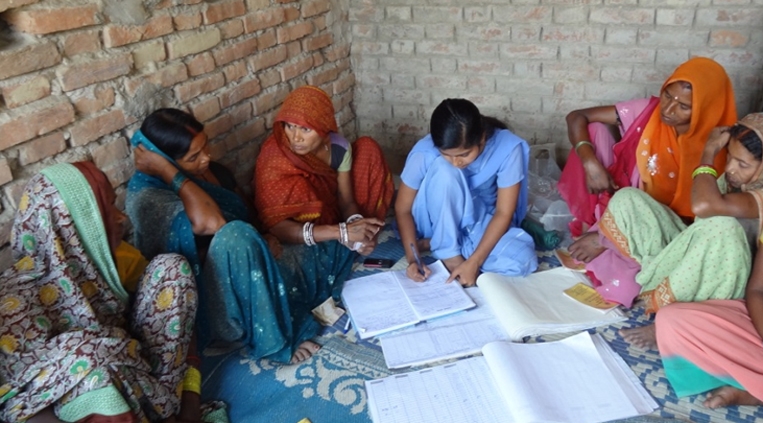Challenge
In Bihar, India’s second poorest state, per capita income was just a quarter of the national average in 2004. Almost 90 percent of the population lives in rural areas, with limited opportunities for self-employment and little access to basic services. Although agriculture is the mainstay of the economy and employs over 80 percent of the population, the vast majority of farmers survive at subsistence and near subsistence levels. Without an adequate banking network, most poor people have to borrow from extortionist moneylenders or relatives and friends to meet family expenses, often pawning tiny plots of land to repay old debts. Growing landlessness and the lack of livelihood opportunities was also contributing to large out-migration from the state. Earlier efforts by the Bihar Government to promote the social and economic mobilization of the poor had been thwarted by entrenched caste identities and the absence of sensitive support and facilitation.
Solution
The project—the first World Bank-supported project in Bihar after nearly two decades—promoted social, financial and economic inclusion by effectively targeting poor households, especially women, and supporting the formation of self-help groups (SHGs). The SHGs helped women to save and access bank credit and enabled them to retrieve their assets, such as pawned lands, and develop new livelihoods.
By banding together into SHGs, the poor women also gained a collective voice as they were able to lobby for benefits and services to which they were entitled. These services included access to electricity and roads, as well as to government food and employment programs.
The project has facilitated social mobilization of poor households into community-managed institutions, encouraged thrift and savings, and provided financial literacy and counseling services. Eventually, the commercial banks perceived the poor as reliable clients and 14 commercial banks have partnered with the project.
Social mobilization has been accompanied with focused efforts to improve both the demand and supply side of credit. The capacity of community institutions was built by helping them manage their own finances, and by providing financial literacy services and education. As these institutions reach a certain level of maturity, a one-time revolving fund—Community Investment Fund (CIF)—is disbursed and a microcredit and livelihood plan is prepared for each community. The micro-plan consists of aggregation of various livelihood and income generating activities proposed to be undertaken by the households and the investments required to execute these activities. These microcredit plans go through a three-step appraisal process and are vetted by higher-level community organizations, project staff and the commercial banks.
Farm productivity was also improved by piloting the System of Wheat Intensification in drought-prone areas. While the new system is more labor-intensive, it increases yields dramatically and requires less seeds, water, pesticide and fertilizer, amounting to considerable savings for the farmer.
